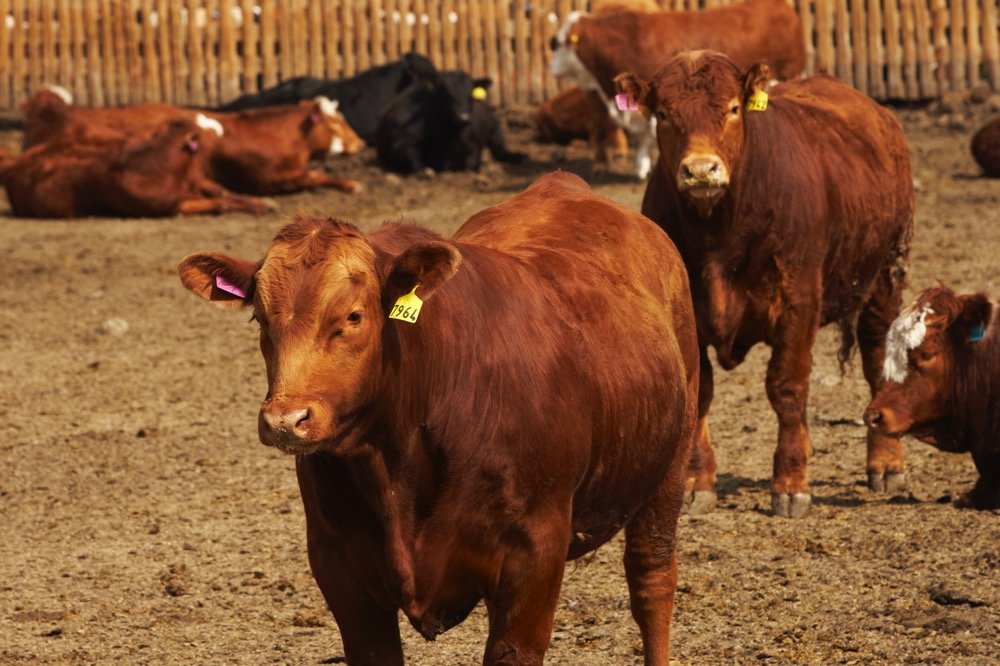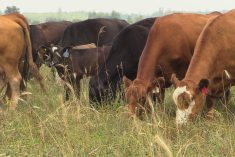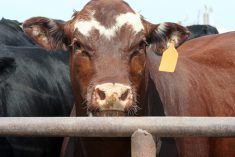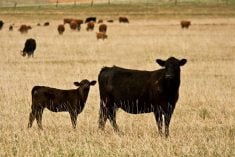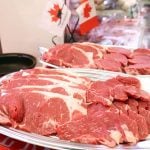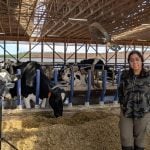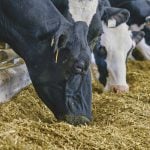Feeder cattle markets experienced light volumes during the final week of December and prices were relatively unchanged compared to week-ago levels. Yearling values were slightly softer, as these cattle will not have enough time to be ready for the April fed market.
Buying interest for mid-weight categories was characterized as sluggish, while light-weight bawlers were once again very strong. Temperatures were above average across Western Canada with limited precipitation. Pen conditions are soft and foot problems continue to be a serious issue for calves under 800 lbs. Backgrounders are having to control weight gains as 650- to 750-pounders can become very fleshy over a short period time under the current conditions. Gains may be favourable but the selling discounts can offset efficiencies quite easily.
Read Also
Prairie Wheat Weekly: U.S. futures lift Western Canadian bids
A rally in U.S. soybean futures spilled over into wheat on both sides of the border during the week ended Oct. 28, 2025.
This environment may be contributing to the tepid demand for the mid-weight categories because buyers eventually become sellers into an extremely sensitive crowd. Late year-end buying wasn’t a main feature and those sellers bringing cattle to market were slightly disappointed. Securing ownership was quite easy despite the smaller volumes available.
In central Alberta, Simmental-based steers weighing just over 800 lbs. sold for $194 while a feedlot in central Saskatchewan reported 850-lb. fleshier Charolais-blended steers weighing 850 lbs. were valued at $191. South of Edmonton, heavier-butter mixed red heifers weighing 880 lbs. were quoted at $178.
Short-weaned 600-lb. Angus-based steers with summer vaccinations were valued at $210 in central Alberta and similar quality heifers weighing 570 lbs. were quoted at $185. In southern Alberta, unweaned tan mixed steers averaging 510 lbs. were valued at $235 while mixed heifers weighing 500 lbs. were quoted at $212. In central Alberta, mixed steers weighing 380 lbs. were quoted at $272. Feedlot operators are anticipating a hot yearling market next fall which is setting a firm tone for the grasser categories.
Feedlot margins are in positive territory, which has contributed to the optimistic tone in the feeder market. On the flipside, Alberta and Saskatchewan feedlot inventories are 18 per cent above the five-year average so there will be limited demand for replacements during January.
— Jerry Klassen manages the Canadian office of Swiss-based grain trader GAP SA Grains and Produits Ltd. and is president and founder of Resilient Capital, specializing in proprietary commodity futures trading and market analysis. Jerry consults with feedlots on risk management and writes a weekly cattle market commentary. He can be reached at 204-504-8339 or via his website at ResilCapital.com.

